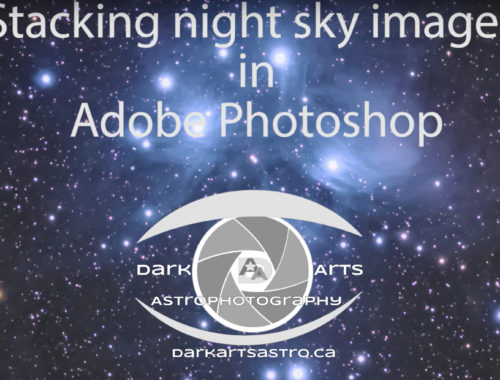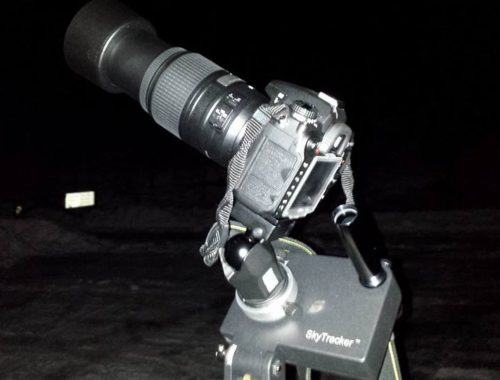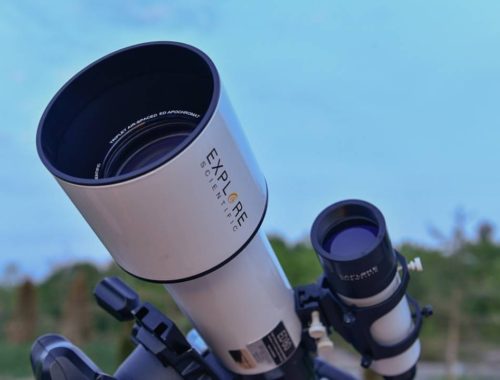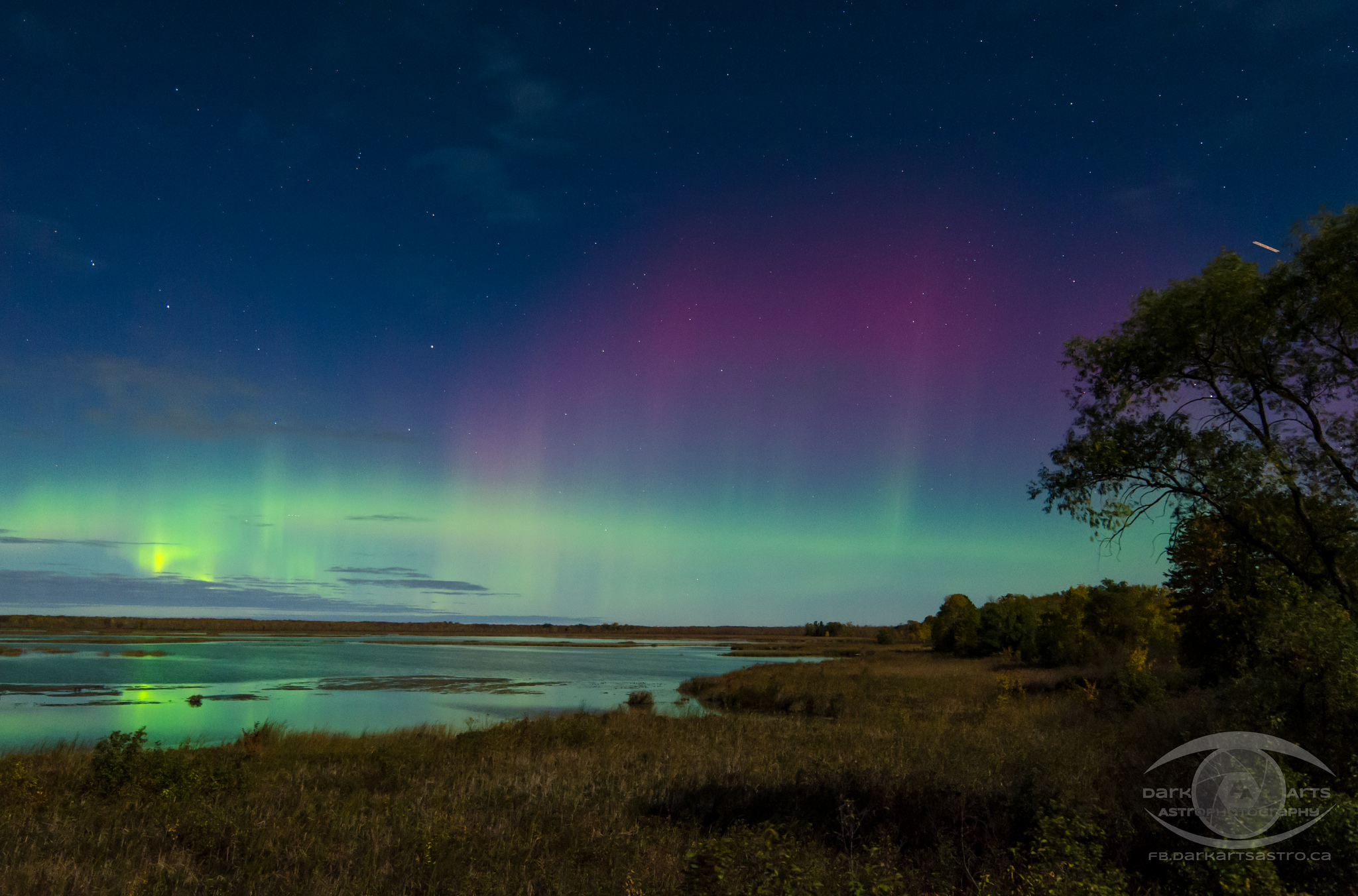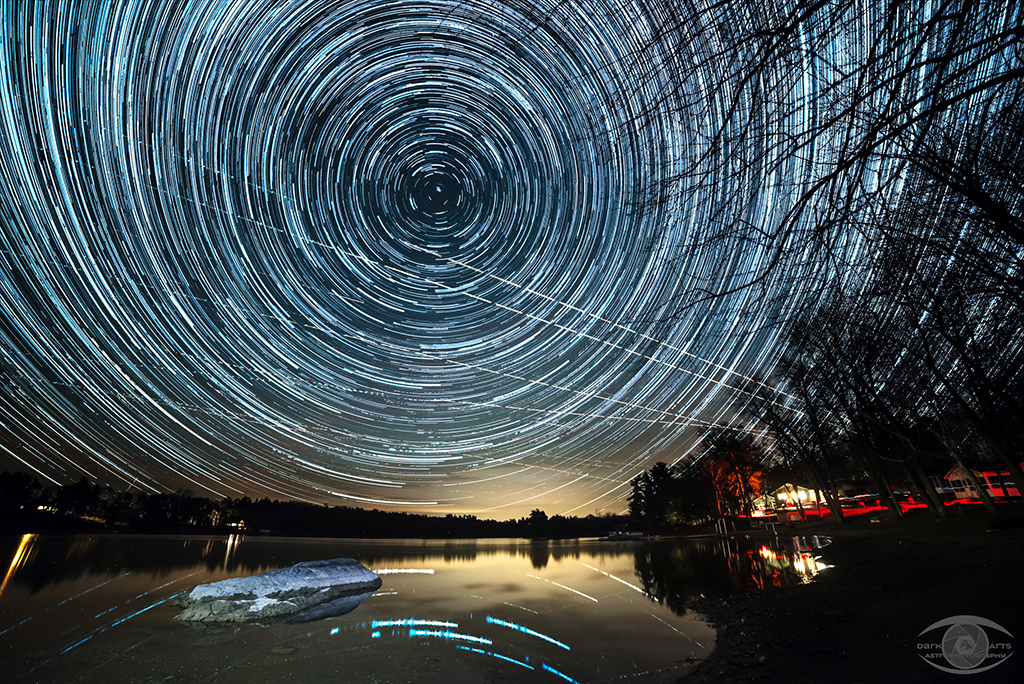From widefield images shot with your camera to deep space images shot with a telescope, all astrophotography can benefit from stacking. Windows users benefit from free tools readily available online such as DeepSkyStacker, as well as some fantastic, albeit expensive, paid applications.
Mac users are left out, as all they have available to them are the expensive, paid options. However, most photographers already have Adobe Lightroom and Photoshop, the most common image editing tools on the market. And you actually can align and stack your astro-images using these tool!
This video will give you a step by step guide into preparing your images in Lightroom for export and stacking in Photoshop. Continue reading “Tutorial: Stacking Night Sky Images in Adobe Photoshop”
